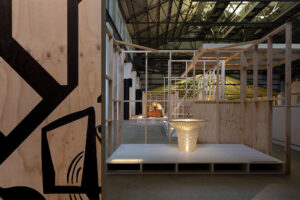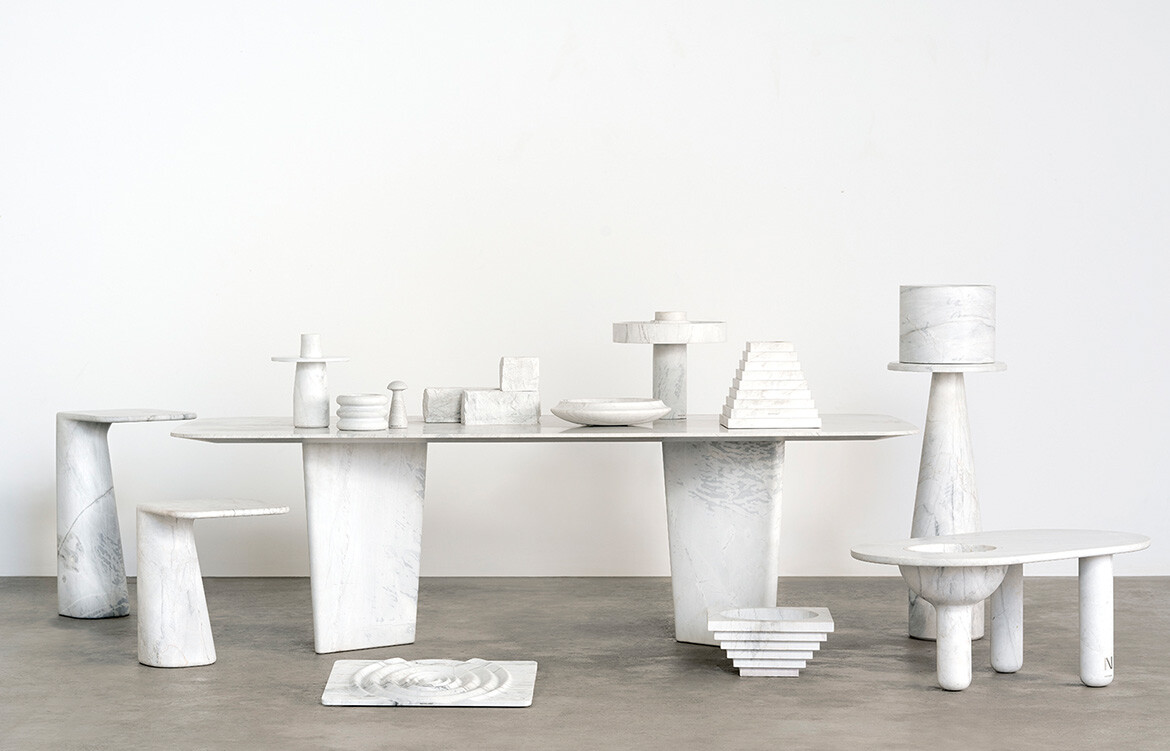ST: Deyan, you have been director of the Design Museum for over a decade and have overseen the recent move from the Shad Thames building down past Tower Bridge to these impressive new digs in South Kensington. Can you tell me a bit about that history?
DS: Eleven years ago, I’d been negotiating a contract to become chief curator of architecture at the Museum of Modern Art in New York when I got a call from the London Design Museum saying they needed a new director. In those days the museum was housed in a handsome converted banana warehouse which had been painted white and turned into a miniature Bauhaus on the Thames. It had 3,000 square metres, 45 staff and about 150,000 visitors per year. The director’s mission was to grow the museum and turn it into a more relevant cultural force. I thought, What a great opportunity to create something that will be around for a long time. So I unpacked my New York suitcases and took the job.
This new Design Museum is a very different beast, a sleek John Pawson and OMA fit out inside the Grade II-listed former Commonwealth Institute building in museum-heavy Kensington. What is your mission for this new entity?
Simply, we wanted to create a new place to think about design. A larger space, something more accessible. I always had in my mind the Tate Modern which had such an enormous impact on the way Britain sees contemporary art and to some extent the way the world sees Britain. Through Tate Modern, contemporary art managed to become something beyond a curious, cultish sect. We looked around the world at places which specialise in design and quickly realised that there were two models: putting contemporary design and architecture as a department within a much larger, generalist museum where you might have the chance every few years to do something really special. Or it’s in tiny institutions which are very much for the hard-core specialists. I felt that there was a much more interesting way to bring audiences in.
The museum opened in November 2016 and has had almost 700,000 visitors since then. Obviously, a lot of that is the novelty effect. What are you doing to garner loyalty and ensure return visits?
The model is not that of a fixed permanent collection, we’ve opted for more of a Kunsthalle model. Six temporary exhibitions per year, a program of debates and discussions. It’s never the same experience and the strength of the program is that it is both engaging and authoritative. The job here is to make sure that those who know a lot are convinced we know what we’re doing but at the same time that we can talk in an appropriately respectful tone of voice to those who are not specialists.
Design occupies a very strong place in the English public psyche. How do you explain that?
I don’t think design is a ‘thing’. Whether they’re aware of it or not, people spend their entire lives being shaped by the decisions taken by designers and manufacturers. Whether they know it or not, they use objects to reflect their values and to say things about themselves. It’s really a question of unlocking what people already instinctively understand.
Nevertheless, London is a hotspot for contemporary design, isn’t it?
Yes, and that is built on the legacy of 150 years of very distinguished colleges, art schools and universities which have strived generation upon generation to attract the brightest students, generating an atmosphere of dialogue. I think that one of the greatest threats today is that many colleges have greatly expanded and that is making for a very different teaching experience. Also, London’s become a very expensive place to live, and that affluence in some sense has a stifling effect on creativity. One of the reasons for expanding and developing the Design Museum is to assert London’s centrality to the contemporary design dialogue.
Design is both a field of cultural practice and an economic driver. What are the major issues facing design today?
Design is both a cultural and an economic phenomenon and that is the paradox that quite often people find hard to get their heads around. If you’re doing an exhibition about a brand are you promoting that brand? One of the massive changes since the museum first opened is that the object is increasingly not where much design conversation is. We are in a dematerialising world in which physical design is an aspect that many people find very important but, as we know, the smart phone has triggered an epidemic of mass extinctions. This process is speeding up. It’s been ten years since Steve Jobs launched the iPhone and I think not even he would have predicted that it would create Airbnb and Tinder, services which have transformed the way that we live, the way that we meet each other. It’s this phenomenon we need to be tracking but it is incredibly swift and difficult to pin down. But that is now a major part of the Design Museum’s mission.
Deyan Sudjic was In Conversation With… Stephen Todd

















